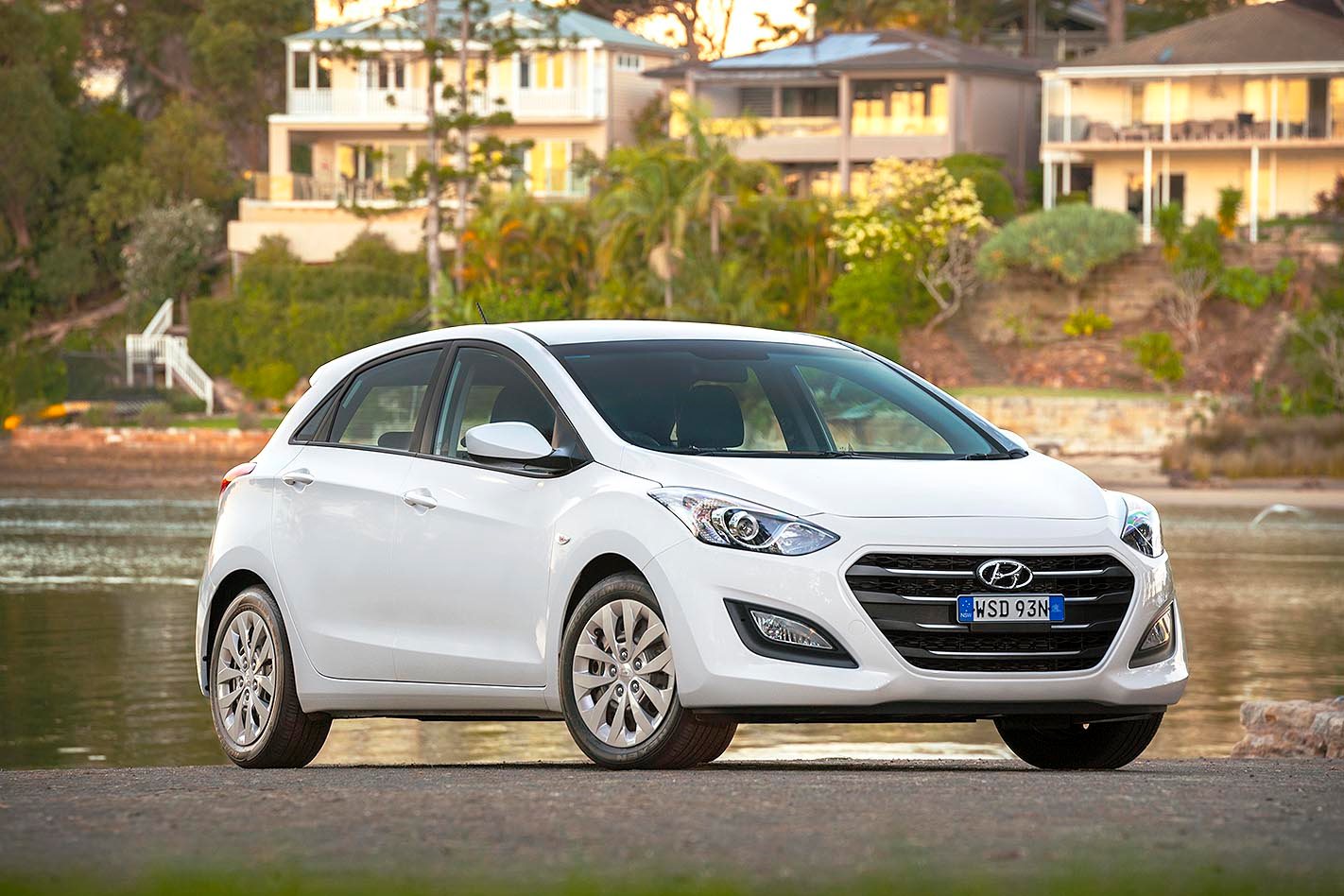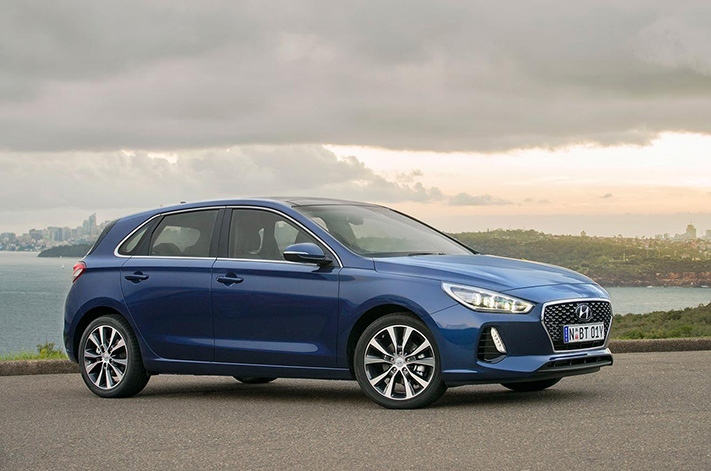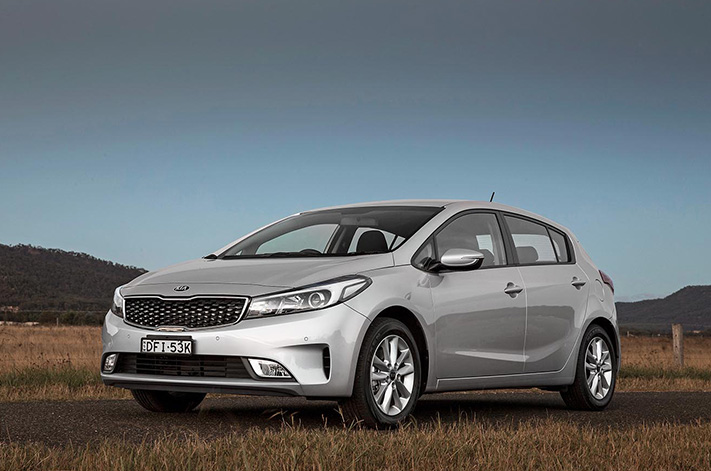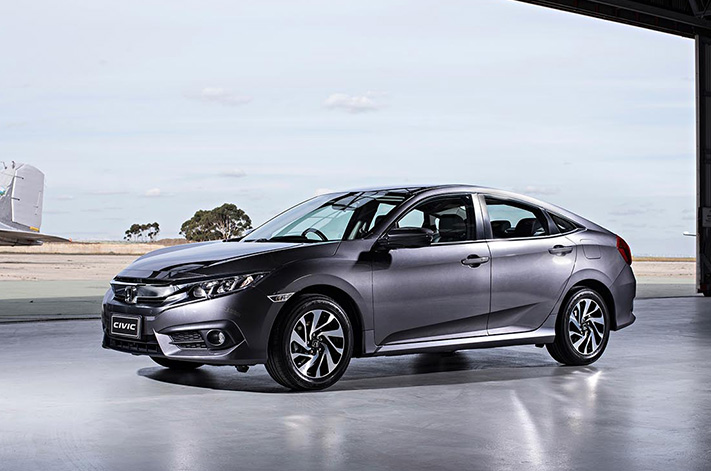
Small-car sales have taken a slight hit in 2017, though it’s luxury rather than mainstream models that have struggled most.
The ‘Over $24,000’ sub-segment is one primed for buyers looking beyond the ‘price leader’ variants of Australia’s joint most-populous – and still most popular – vehicle category.
It also introduces more expensive but more efficient diesel engines into the mix, making for an interesting examination of what constitutes genuine value.
In an end-of-financial-year period that is ripe for greater bargains, we thought the timing was perfect to detail the top three models for value before any offers are thrown in – with the help of WhichCar’s stablemate title Wheels.
Wheels’ Gold Star Car awards scored cars out of 100. Real costs comprising 3-year depreciation and a year’s insurance and fuel expenses accounted for 80 per cent of the score, with 10 per cent each for servicing costs and warranty.

Topping our mini chart here is the Hyundai i30 Active CRDi. As is typical in the industry, the CRDi diesel commands a premium over the Active petrol – an extra $2600.
However, there’s more than one reason to consider the CRDi the value play. The diesel engine not only offers 70 per cent more torque than the petrol but it offers official fuel consumption below five litres per 100km – 4.9L/100km.
Its 4.9L/100km figure can’t be matched by either the petrol-only offerings of the Kia Cerato S Premium or Honda Civic VTi-S.
And with a typically strong resale value for diesel it was enough for the i30 Active CRDi to go one place better than the Active petrol that finished second in our Best Value Small Cars Under $24,000 class.

The Kia Cerato S that won that class is demoted to second in this category in slightly pricier Premium form, still boosted by Kia’s industry-best seven-year warranty.
It could also claim a narrow insurance-cost win over its sister car – an annual premium of $657.08 versus the i30’s $660.67.
A combination of the Kia’s higher fuel consumption (7.1L/100km) and five-per-cent-lower residual forecast (51 percent) resulted in the highest three-year ownership costs ($17,573) among our top three, and a silver medal.
Honda’s Civic VTi-S completed the podium, with an admirable 56 per cent resale value that matched the i30. A higher placing for the Japanese model was hindered by Honda’s comparatively stingy three-year warranty and highest insurance premium ($790.57).

An all-new Hyundai i30 range was released in April 2017, after the calculations. Yet the Active CRDi should be an even stronger proposition now, with increased equipment and minimal movement on pricing.
The latest Active CRDi also further improves fuel use – to 4.7L/100km.
The ‘new’ factor means there are no EOFY deals being offered on the i30 Active CRDi in June, and the Civic isn’t part of Honda’s campaign.
Kia, however, has a tempting $21,990 driveaway price for the Cerato S Premium until June 30.




